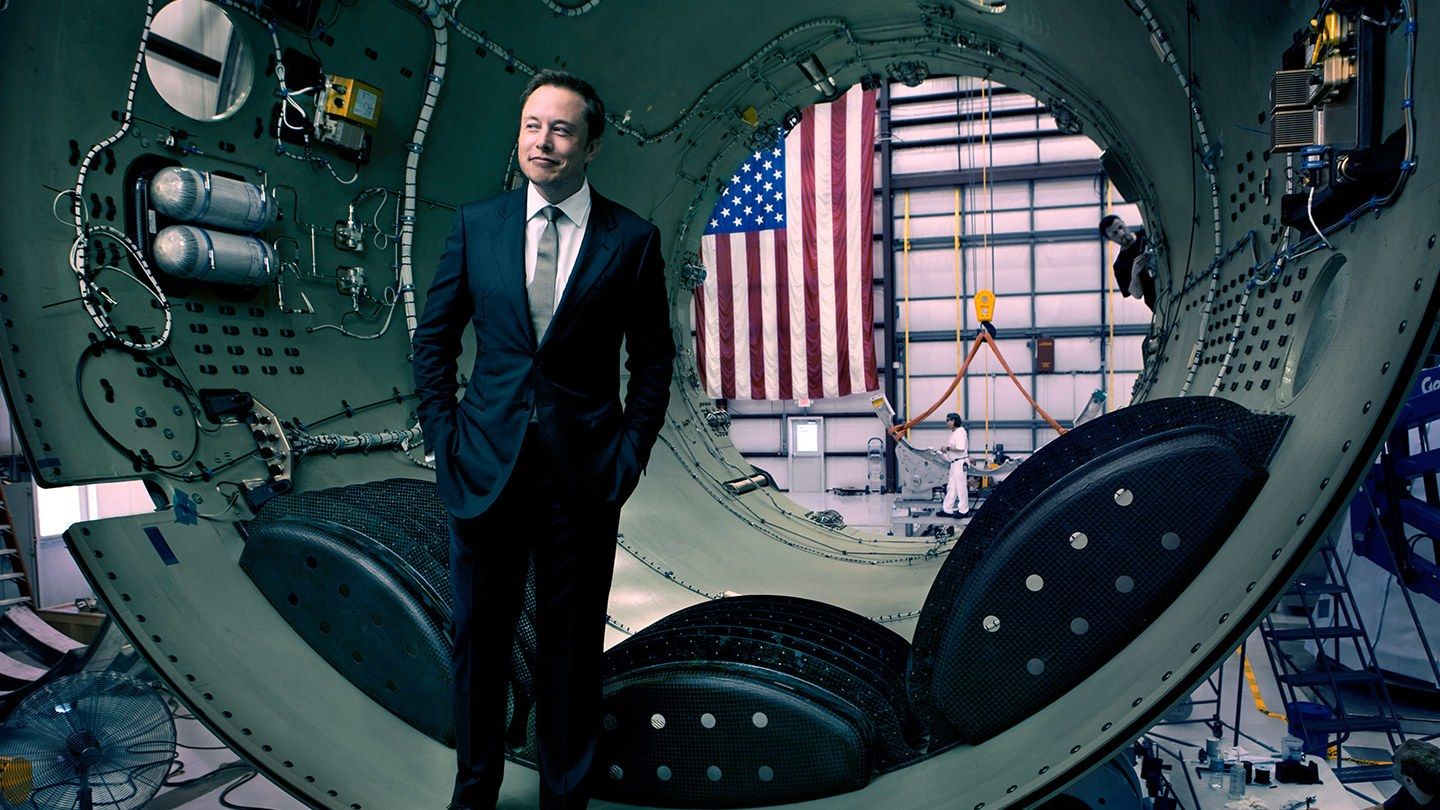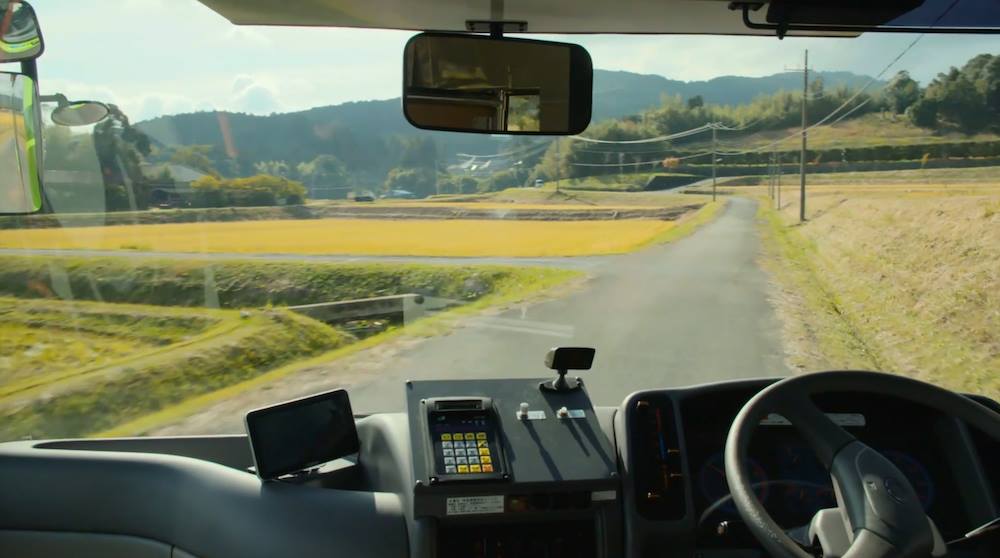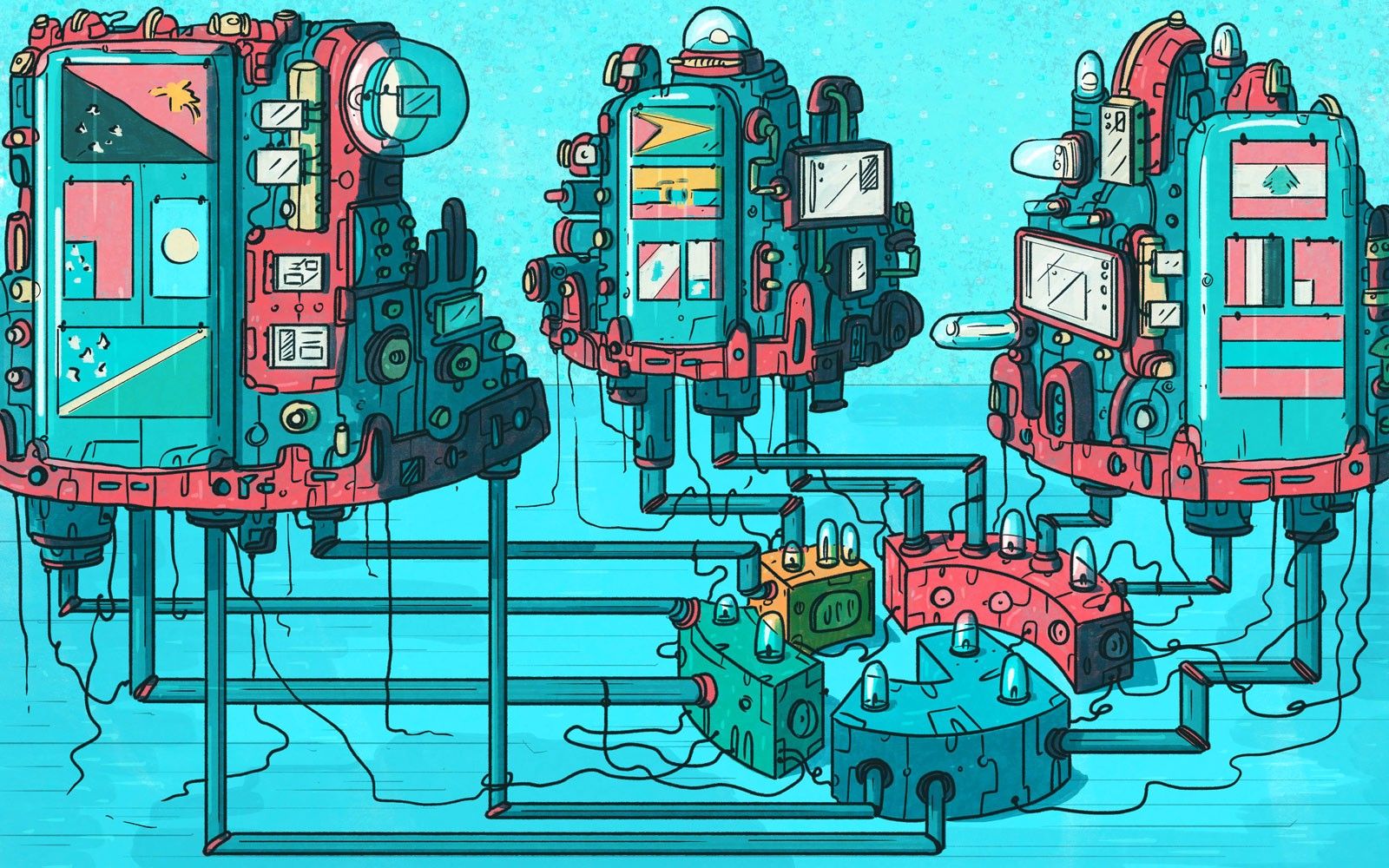Mar 27, 2017
Insead Releases Second Ebook on Gens x, y, And z – State of (Un)Readiness
Posted by Alireza Mokri in category: futurism
STATE OF (UN)READINESS The new report offers insights on how Gens X, Y and Z believe the workplace should function and the technologies poised to transform it.
Middle East, Asia, Europe 28 February 2017.
INSEAD Emerging Markets Institute, Universum, The HEAD Foundation and MIT Leadership Centre today announced the release of the second eBook, State of (un)readiness, which sets out to investigate a series of ideas from a bottom-up survey of students and professionals from Generations X, Y, and Z – not from the employer’s perspective.
Continue reading “Insead Releases Second Ebook on Gens x, y, And z – State of (Un)Readiness” »



















